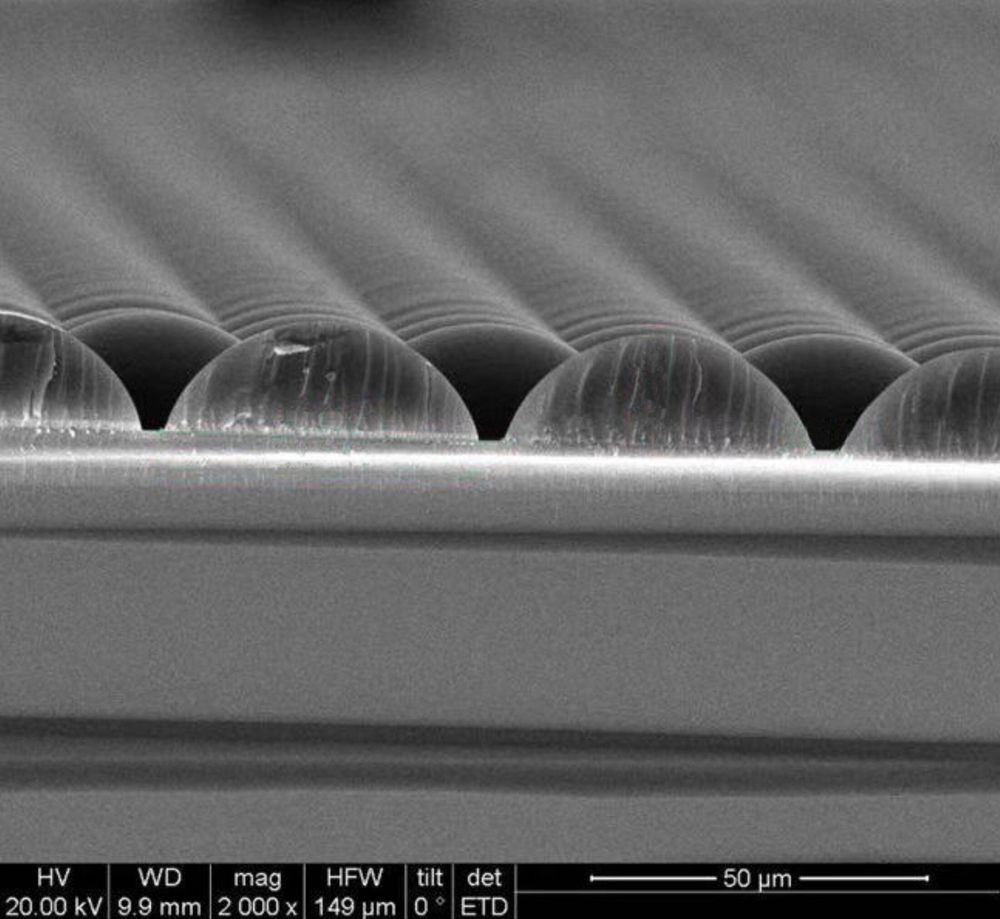The company OffWorld wants to build mining robots to send to the moon and beyond.



We know little about how brains produce happiness or anger. One scientist’s work is helping to explain why, revealing a possible link between sex and violence.

Fifty young scientists were bestowed Xplorer Prize in Beijing Saturday.
Apart from receiving a trophy at Saturday’s ceremony, each of the 50 prize winners will be awarded a total of 3 million yuan (about 426,000 U.S. dollars) over the next five years by the Tencent Foundation, according to the prize’s sponsor and initiators.
Metabesity 2019: Epigenetic resetting of cellular age mediated by nuclear reprogramming – A new paradigm in overcoming aging and aging-associated diseases.
Featuring Vittorio Sebastiano, PhD, Assistant Professor of Stanford University; Co-Founder of Turn Biotechnologies, USA
For more information, see www.metabesity2019.com

Shanghai hosted one of the largest gatherings of Nobel laureates in the world last week, with 44 Nobel Prize-winning scientists in the city for a government-sponsored forum with the lofty goal of discussing science and technology for the “common destiny of mankind”.
Chinese academics and young scientists join global scientific elite to explore frontiers of research.

Hemp is poised to become an immense new source of sustainable, domestically produced industrial raw materials.

Life is pretty different now than it was 20 years ago, or even 10 years ago. It’s sort of exciting, and sort of scary. And hold onto your hat, because it’s going to keep changing—even faster than it already has been.
The good news is, maybe there won’t be too many big surprises, because the future will be shaped by trends that have already been set in motion. According to Singularity University co-founder and XPRIZE founder Peter Diamandis, a lot of these trends are unstoppable—but they’re also pretty predictable.
At SU’s Global Summit, taking place this week in San Francisco, Diamandis outlined some of the meta-trends he believes are key to how we’ll live our lives and do business in the (not too distant) future.

Capturing infrared light for solar cell applications.
Invisible infrared light accounts for half of all solar radiation on the Earth’s surface, yet ordinary solar energy systems have limited ability in converting it to power. A breakthrough in research at KTH could change that.
A research team led by Hans Ågren, professor in theoretical chemistry at KTH Royal Institute of Technology, has developed a film that can be applied on top of ordinary solar cells, which would enable them to use infrared light in energy conversion and increase efficiency by 10 percent or more.
“We have achieved a 10 percent increase in efficiency without yet optimizing the technology,” Ågren says. “With a little more work, we estimate that a 20 to 25 percent increase in efficiency could be achieved.”

